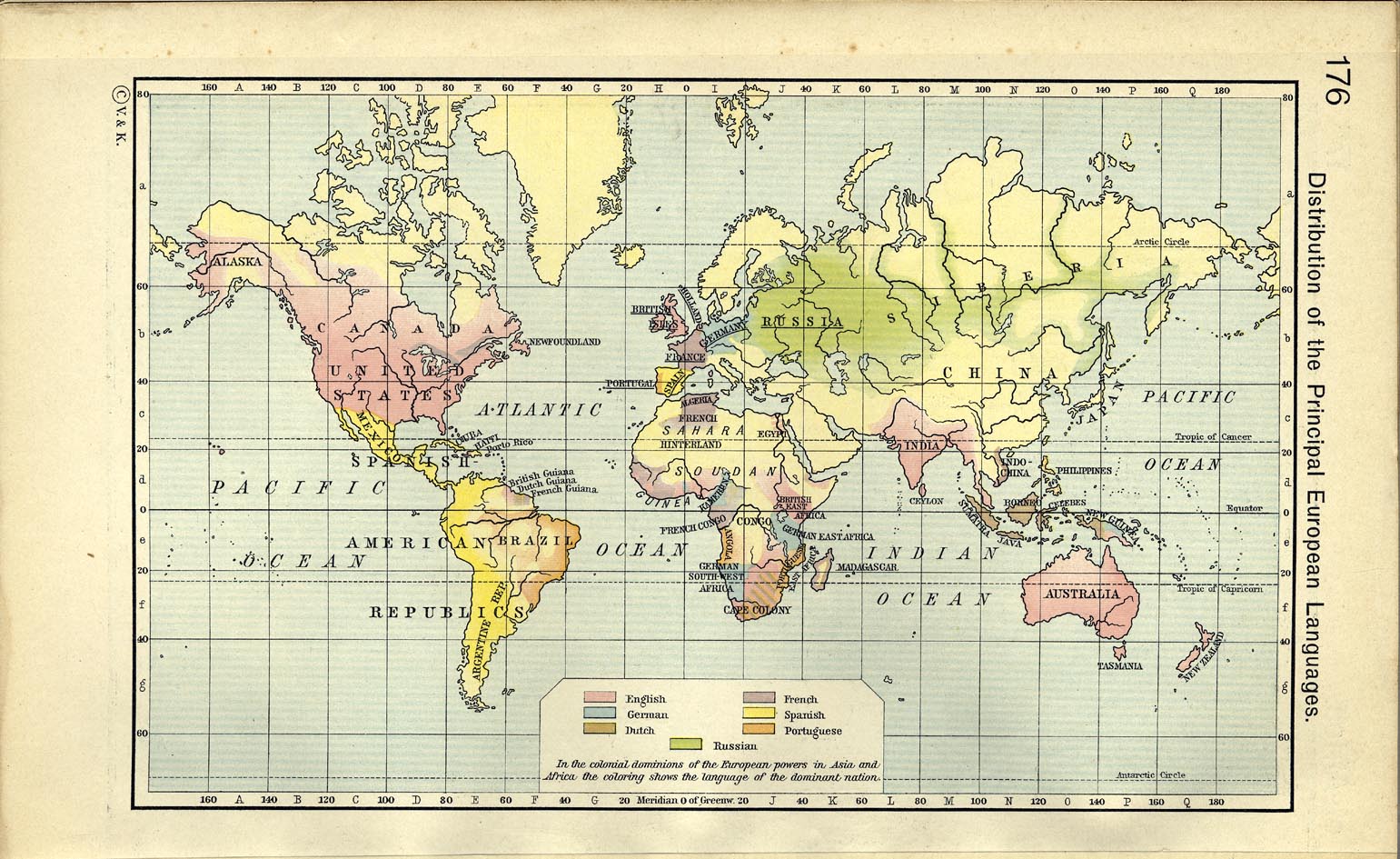

Primary sources are produced by participants or direct observers of an issue, event or time period. These sources may be recorded during the event or later on, by a participant reflecting upon the event. In some cases, it will be difficult to obtain the original source, so you may have to rely on copies (photocopies, microfilm, digital copies). Copies or transcriptions of a primary source still count as a primary source.
Some examples of primary sources include:
Many primary source materials can be found in the library catalog, including newspapers, government documents, personal materials, and images. You can limit your search to specific types of primary source material by doing an advanced search in the catalog.
Example: If you are looking for interviews about Watergate, search watergate in "any field" and interview in "subject"

While primary sources are often desirable for the raw, non-interpreted information they provide, it is important to analyze them for your research. Ask yourself these questions:
The PCL Map Collection includes more than 250,000 maps! Visit them in person or see digitized maps here.

The Distribution of the Principal European Languages 1911 From Historical Atlas by William R. Shepherd, 1911.

This work is licensed under a Creative Commons Attribution-NonCommercial 4.0 Generic License.